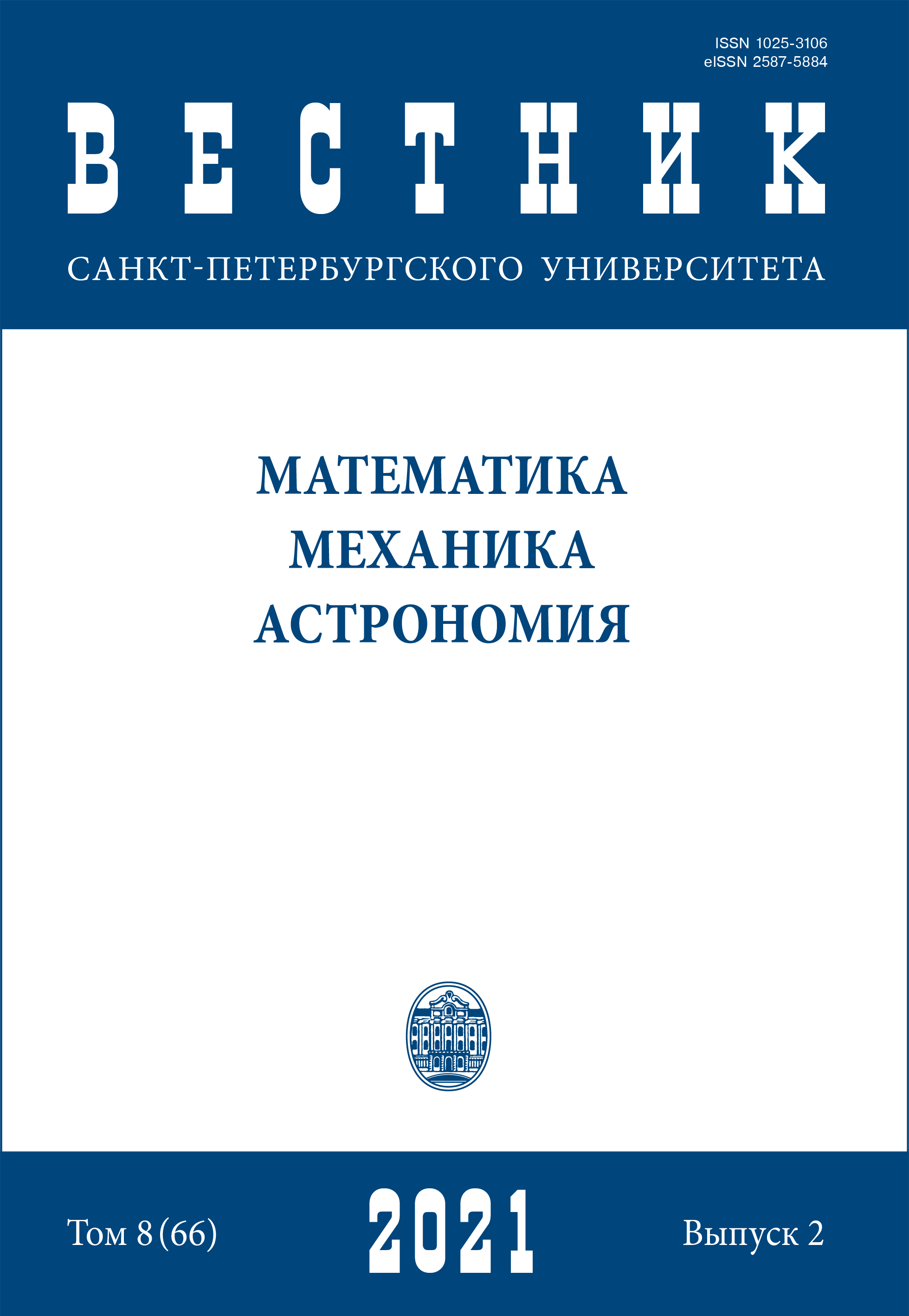Алгебраические байесовские сети: проверка магистральной связности
DOI:
https://doi.org/10.21638/spbu01.2021.210Аннотация
В работе исследуется одна из задач, возникающих при машинном обучении баз фрагментов знаний с неопределенностью, представленных в виде алгебраических байесовских сетей - построение графа смежности как глобальной структуры сети по ее первичной структуре. Цель исследования заключается в предложении методов решения обратной задачи. В качестве результатов предложены алгоритмы проверки графа на принадлежность семейству графов смежности и семейству минимальных графов смежности, сделаны оценки их вычислительной сложности. Для алгоритма проверки принадлежности семейству графов смежности также предложена улучшенная версия для частного случая и улучшение для общего случая в среднем. Вопрос распознавания графов смежности ранее не исследовался, в текущей формулировке ставится и решается впервые. Теоретическая значимость заключается в возможностях для применения результатов в дальнейших исследованиях теоретико-графовых инвариантов в глобальных структурах алгебраических байесовских сетей.Ключевые слова:
алгебраические байесовские сети, граф смежности, минимальный граф смежности, алгоритмы на графах, сложность алгоритмов
Скачивания
Библиографические ссылки
Литература
References
Загрузки
Опубликован
Как цитировать
Выпуск
Раздел
Лицензия
Статьи журнала «Вестник Санкт-Петербургского университета. Математика. Механика. Астрономия» находятся в открытом доступе и распространяются в соответствии с условиями Лицензионного Договора с Санкт-Петербургским государственным университетом, который бесплатно предоставляет авторам неограниченное распространение и самостоятельное архивирование.




